During 2014-2015, Mi’kmawey Debert started the Key Stories Project. Elders and other community members from five CMM communities have identified key stories for their communities. The stories range widely from the protection of treaty rights to contemporary community development to centralization to protecting and sharing important ancestral places.
Over the next year we will work towards sharing these stories in different ways such as creating eBooks for communities and schools and creating gathering areas with interpretive signage at important places.
Annapolis Valley First Nation—Protecting and Sharing Gaspereau Lake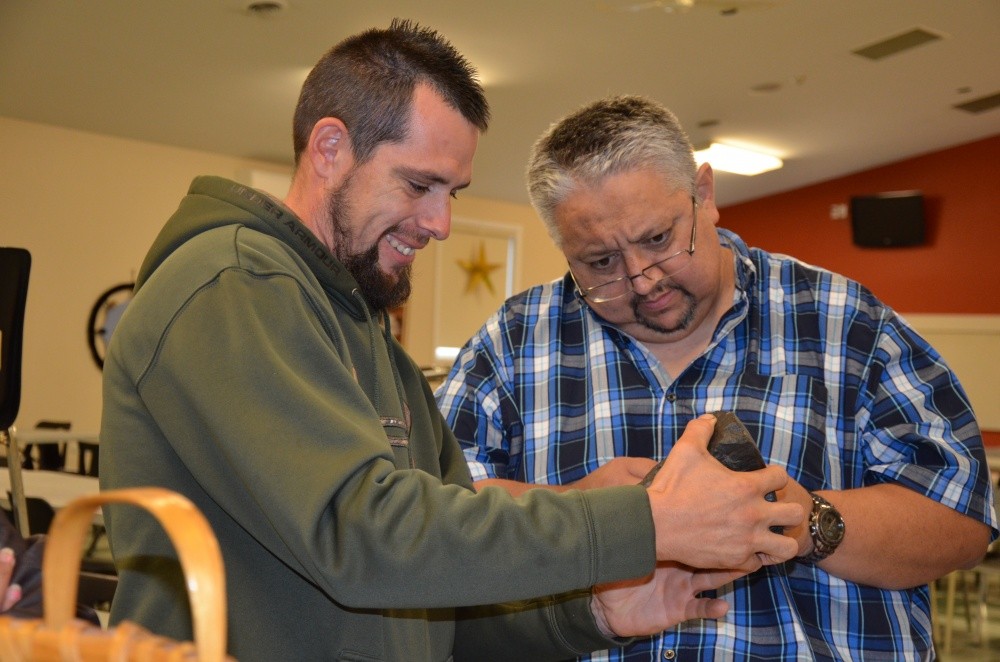
The Annapolis Valley First Nation has chosen to tell the story of the Gaspereau Lake ancestral sites. Over the past seven years, Nova Scotia Power Inc. has been required to complete archaeological assessments related to dam upgrades on the Gaspereau Lake. More than 340,000 artifacts that date up to 6,000 years ago were found, making the Gaspereau Lake area one of the most important ancestral areas in Mi’kma’ki.
MDCC staff are working with Elders and others at Annapolis Valley to complete a monument honouring the ancestors in this very special place. The community also is exploring the development of a small gathering area, which will include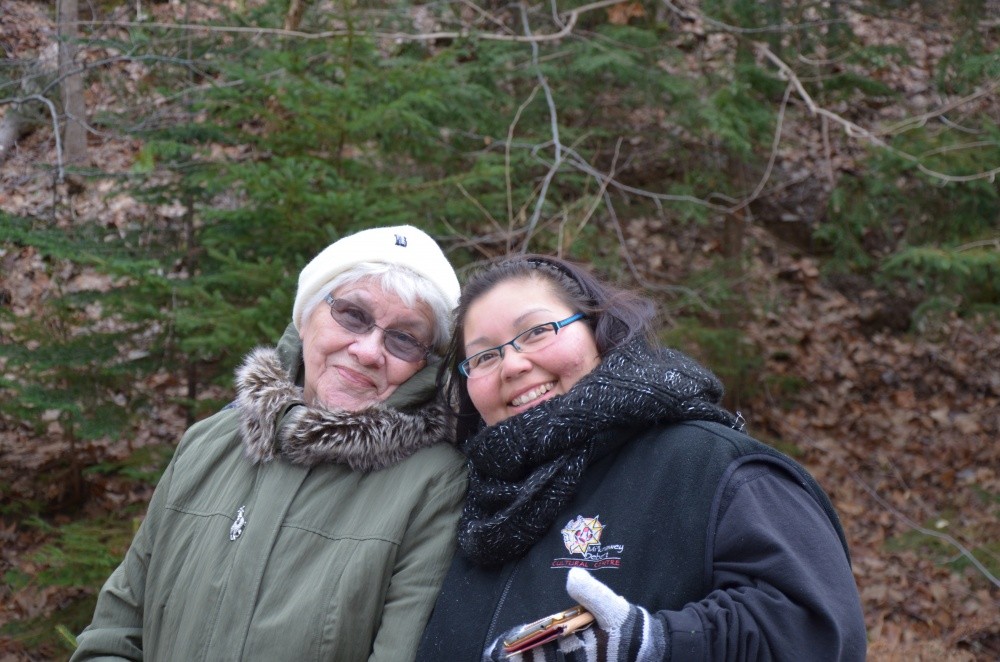 interpretive signage as well as other elements to facilitate Elders and others visiting at Gaspereau. Negotiations between Nova Scotia Power and the Assembly of Nova Scotia Mi’kmaw Chiefs continue to determine the protection of these ancestral sites.
interpretive signage as well as other elements to facilitate Elders and others visiting at Gaspereau. Negotiations between Nova Scotia Power and the Assembly of Nova Scotia Mi’kmaw Chiefs continue to determine the protection of these ancestral sites.
Bear River First Nation—“Follow the Stories Wherever They Take Us”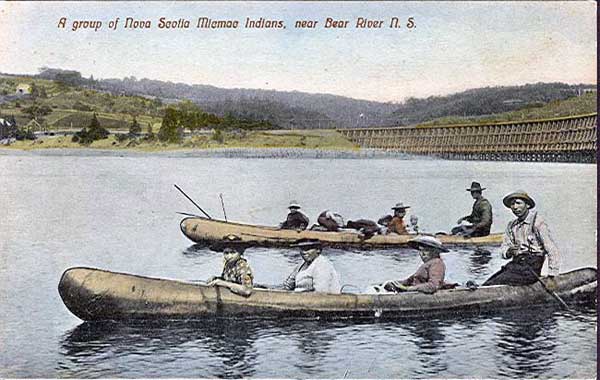
At Bear River First Nation the intention is to “follow the stories wherever they take us” as a community — out on the land, visiting with Elders, gathering cultural resources, and honouring ancestral places. The concept is one that prioritizes the journeys that are found within the stories as learning and healing experiences.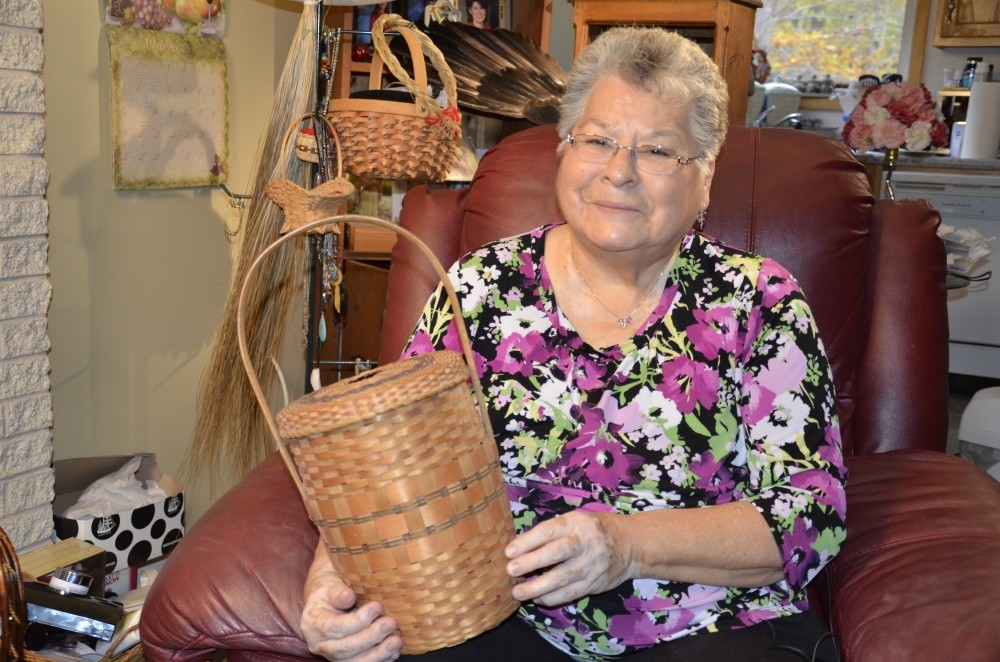
This summer the stories take us to Kejimkujik to explore the night sky and the related practices of navigating and travelling through the night. We will continue also to videotape Elders sharing the stories of their lives. One of the most important outcomes for the next year is to determine how to share the journeys of the stories with current and future generations.
Glooscap First Nation—Creating Glooscap First Nation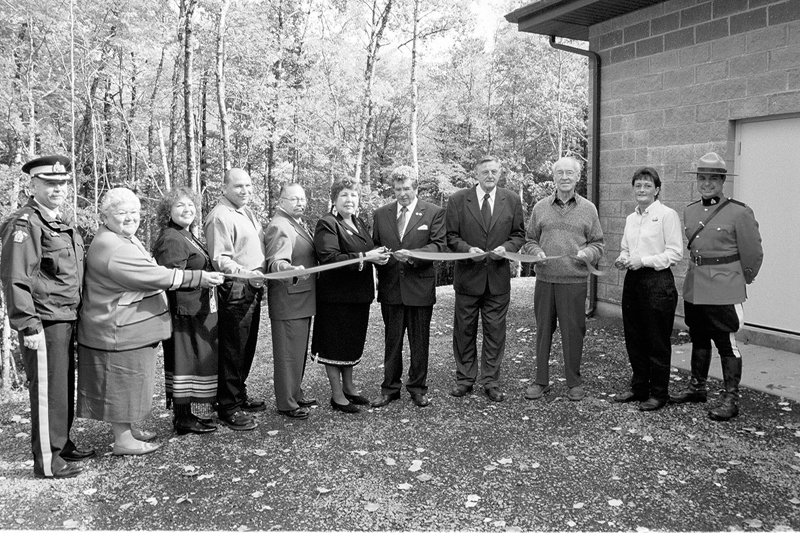
The Glooscap First Nation has chosen to tell the story of the community’s history and development over the last 30 years. A “young” community with a deep history, Glooscap leaders and community members are proud of the important steps they have taken to create economic strength and to increase opportunities for band members. As one Elder put it, “We want to tell the real story. We are real people.”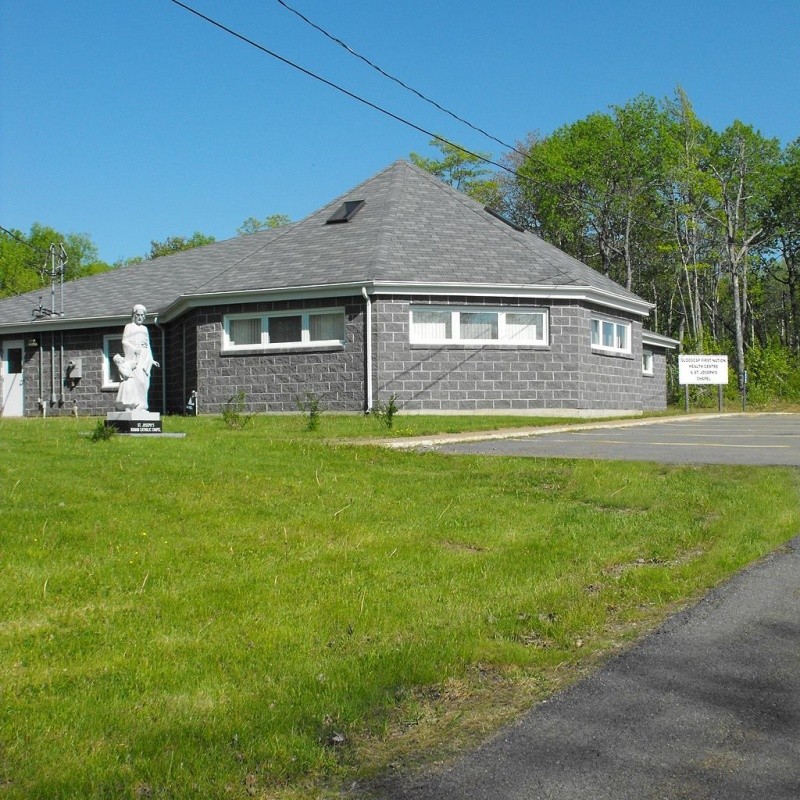
This history, to be produced in hard copy and electronic versions, will be used for communication needs by Glooscap as well as developed into a curriculum-friendly resource. This year we anticipate gathering individual and community stories and completing the hard copy and digital versions of the book. The curriculum resource development will occur in the following year.
Paqtnkek Mi’kmaw Nation—Honouring Paqtnkek Treaty Protectors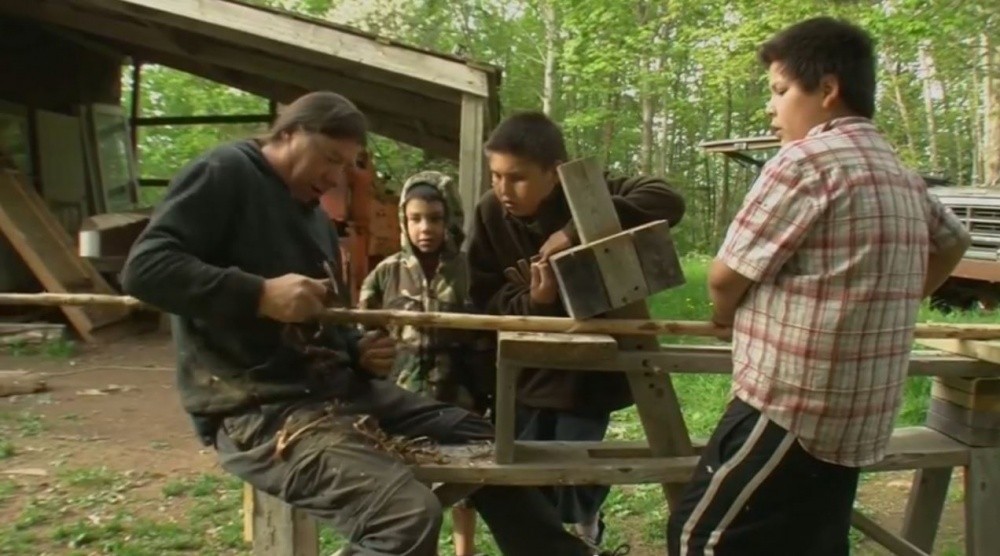
At the Paqtnkek Mi’kmaw Nation, the community wants to honour and to share the story of the Mi’kmaq at Paqtnkek who have exercised their treaty rights over many generations and in doing so, protected Aboriginal Treaty Rights across Canada. In sharing the stories of Tom Sylliboy, Donald Marshall Jr., and others, the story will convey the human side of treaty implementation and the long history of “living” Mi’kmaw treaty rights. The community’s intention is to develop a gathering space at Welne’g, including interpretive strategies that share these important stories.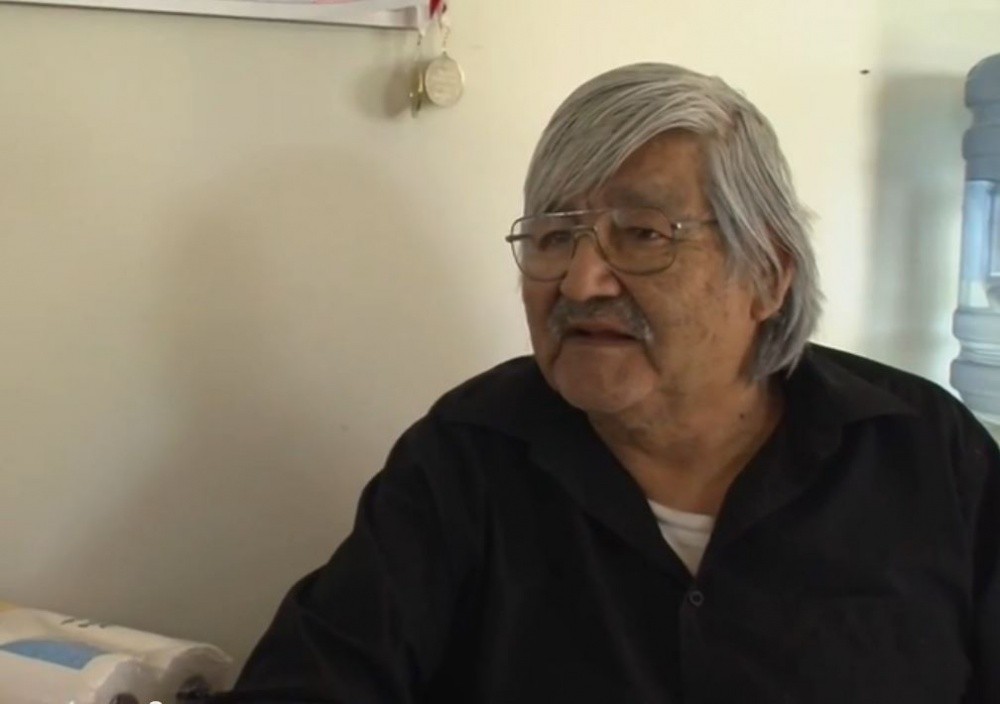
This year, we expect to integrate the concepts and design for the interpretive signage with the plans for developing gathering spaces at Welne’g, which will allow for final installation this year or early in 2016.
Pictou Landing First Nation—Centralization at Pictou Landing First Nation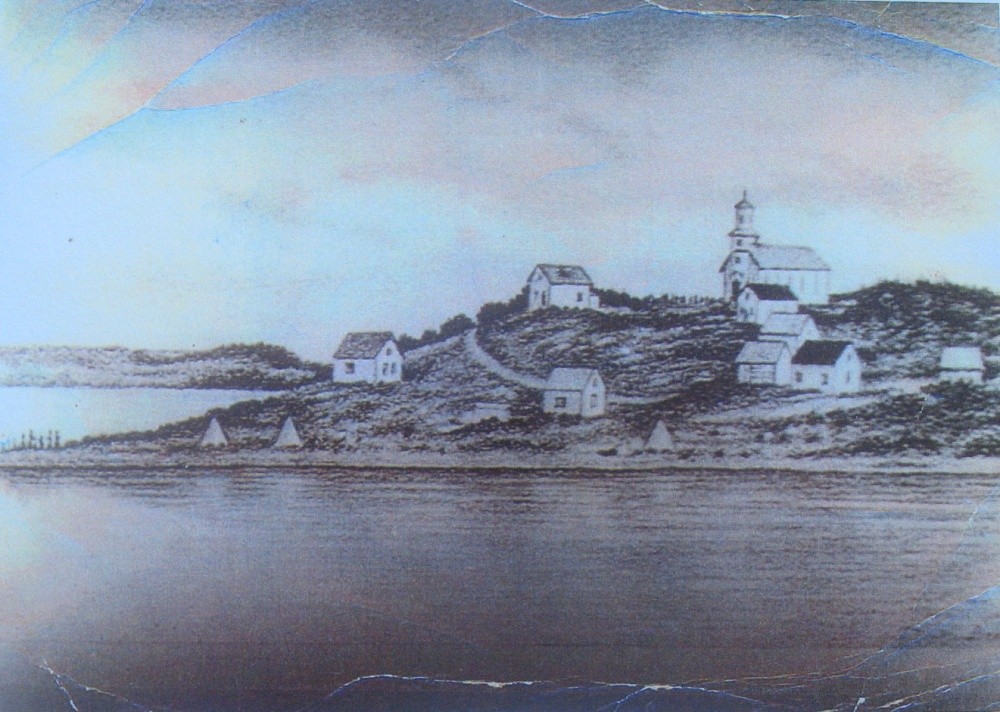
At Pictou Landing, Elders and community members have chosen to share the story of Centralization at Pictou Landing with students in grades primary to grade 6. Using an eBook strategy, the group will be producing three different “eWorkbooks” that will progressively allow students in three different age groups (primary to grade 2, grades 3 to 5, and grades 6 to 8) to explore and to understand the experience of Centralization at Pictou Landing. Rich in stories and highly specific to the history and life of Pictou Landing, the eWorkbooks promise to be important resources for growing community pride and knowledge among young people.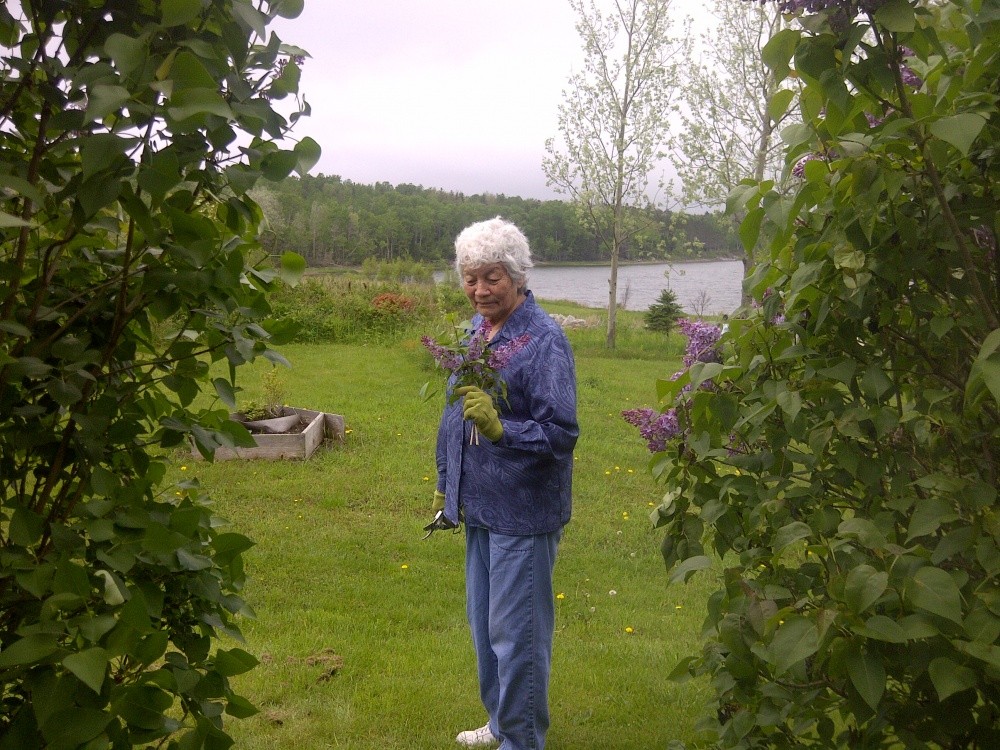
This year we expect to complete the first eWorkbook (primary to grade 2), with the remaining digital learning texts completed in the 2016-2018 time period.
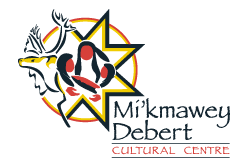
 sharing our stories
sharing our stories
Leave a Reply